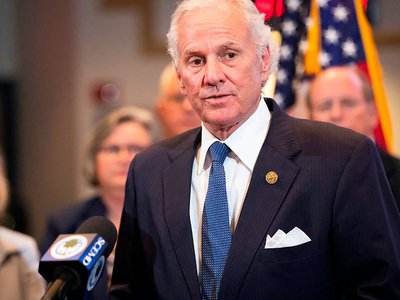The Labor Department announced on Wednesday that consumer prices rose 5.4 percent in the month of July over the same month in the previous year, indicating continuing high levels of inflation.
The Consumer Price Index rose a seasonally adjusted 0.5 percent from June to July, slightly lower than the 0.9 percent increase from May to June.
Consumer prices appear to be rising as sectors of the economy affected by the coronavirus pandemic continue to reopen, with increasing demand for certain goods. Many businesses also continue to face labor shortages.
“The kind of inflation now is driven by the fact that there aren’t enough used cars, that the oil markets are rocking and rolling, that housing construction demand is high and there’s been trouble getting sawmills up and running,” Christopher Thornberg, founding partner and economist at Beacon Economics, told the Wall Street Journal.
Federal Reserve chairman Jerome Powell said in July that he expects inflation to pass with time.
“There’s absolutely no sense of panic,” Powell said at a virtual press conference. “My best estimate is that this is something that will pass. . . . But we’re actually responsible for this, though, so we have to take seriously the risk case, which is that inflation will be more persistent.”






